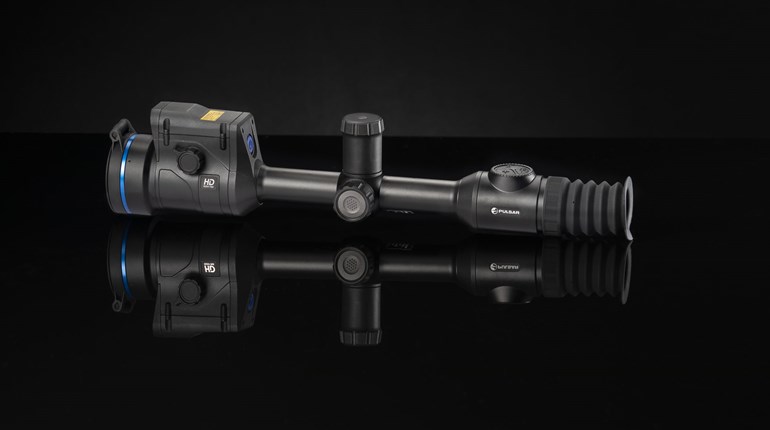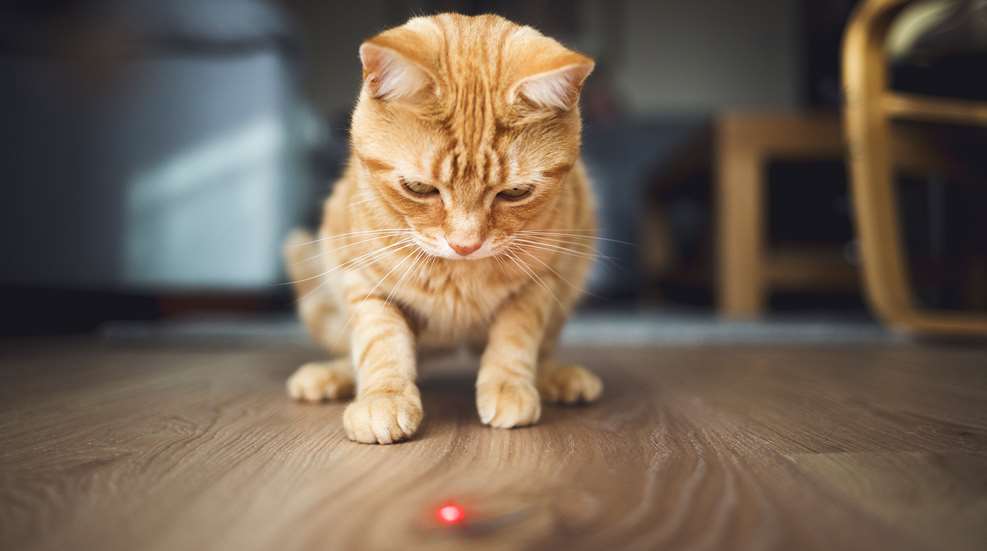
Slug accuracy can be significantly improved by the addition of a red-dot optic and the use of quality projectiles.
First published in 1964, the all-knowing “NRA Firearms Fact Book” says: “Shotgun slugs should not be used at ranges greater than about 75 yards. Maximum-effective range is limited as much by the slug’s rapid decay of energy and velocity as by its poor accuracy.”
It states that a typical 12-gauge, 1-ounce slug traveling at 1,560 fps loses 60 percent of its energy at 100 yards. Although its muzzle energy is 2,365 ft.-lbs., it drops to less than 1,000 ft.-lbs. at 100 yards. And, because slugs are made of soft lead so they will expand to fit the bore upon firing, they flatten out and become horribly inaccurate at ranges greater than 50 yards.
Thankfully, throughout the past 60 years slug technology has improved. Using a specialized Savage Model 220 bolt-action, rifled-barrel shotgun, Winchester sabot slugs chosen for it and a 3-9X scope, I can shoot 2.5-inch groups at 100 yards. But, this deer-hunting rig has little in common with the tactical/home-defense shotguns upon which this column focuses.
Fact is, shotgun slug accuracy varies so much due to combinations of individual guns, gun styles, chokes, barrels, slug design, load, optics and shooting skill, that any data collected would have little or no relevance to the accuracy you can expect from your setup. So, the best way to determine your maximum accuracy is to experiment enough with your shotgun and various loads to find the best for you, then practice with it.
As a general rule of thumb, a decent shooter using a quality smoothbore shotgun with cylinder choke, a single-front-bead sight and full-bore Brenneke- or Foster-style slugs can reasonably expect 10-inch groups at100 yards from a benchrest. Keep in mind, however, that it is a great shooter who can hold a gun’s benchrest group average to double or less from field positions. After all, you’ll not have the luxury of a benchrest in times of emergency, so your accuracy from field positions is the metric you should count.
Better Sights Equal Better Accuracy
With a single-bead sight, anything you can do to generate more consistency in aiming will help your groups. Because the bead is so large, a 6-o’clock hold is often best, but of course this will influence your point-of-impact, which we will soon discuss. A simple mid-bead can do wonders. Perhaps it’s an indictment of my skill, but I often reduce my 10-inch, bead-sight groups to 5 inches just by installing a rear sight or a red-dot optic.
Magnification, of course, always helps, but is impractical for most defensive shotguns—although I have experimented with an EOTech magnifier that works well in tandem with a red dot. If you think there’s a good chance you’ll need a slug in your particular scenario, ghost-ring sights represent a balance between the speed of a bead and the accuracy of a non-magnified optic. Even better, however, is a quality aftermarket sight system such as the DXW model from XS Sights. I’ve found these express-style (shallow rear V, large front bead) sights as accurate as non-magnified red-dot optics, but much quicker and more durable and versatile than anything else.
Find Your Gun’s Preferred Load
While I’ve found some sabot loads that shoot decently well out of certain smoothbore guns, I tend to stick with advanced technology, full-bore slugs such as Federal’s Truball, Lightfield’s Hybred, Winchester’s Deer Season load or others due to their consistency.
Hornady has made great strides in the full-bore slug category by introducing its Flex Tip (FTX) technology into its shotgun slugs that give the projectile better aerodynamic properties and, therefore, higher BCs. Often, this results in better accuracy and more downrange energy. There are dozens of other great slugs on the market now that may or may not work great in your gun, find out what shoots best for you.
Know Your POA/POI
Perhaps even more important than the size of your shotgun’s group is knowing its point-of-aim/point-of-impact at various ranges. Keep in mind average velocity, full-bore slugs have a trajectory curve little better than a thrown spear, so its POI shift at various ranges (and among various loads) is pronounced.
When testing a new slug gun, I’ll start at 25 yards, find its POI (if it wears adjustable sights or an optic, I’ll make adjustments) then walk the target back as needed now better knowing where to hold. Provided my setup is capable, I’ll eventually determine my POA/POI to hit steel targets from field positions at 25, 50 and 100 yards—if I had to—and that’s the point of this article.
While you might be hard-pressed to imagine a scenario where you’d take a shot at 100 yards or farther with your defensive shotgun, never say never. It’s comforting to know that if you had to, you could. So, spend a day with various loads to see which performs best, where to hold and, ultimately, discover your personal-maximum range with your chosen home-defense shotgun.






































